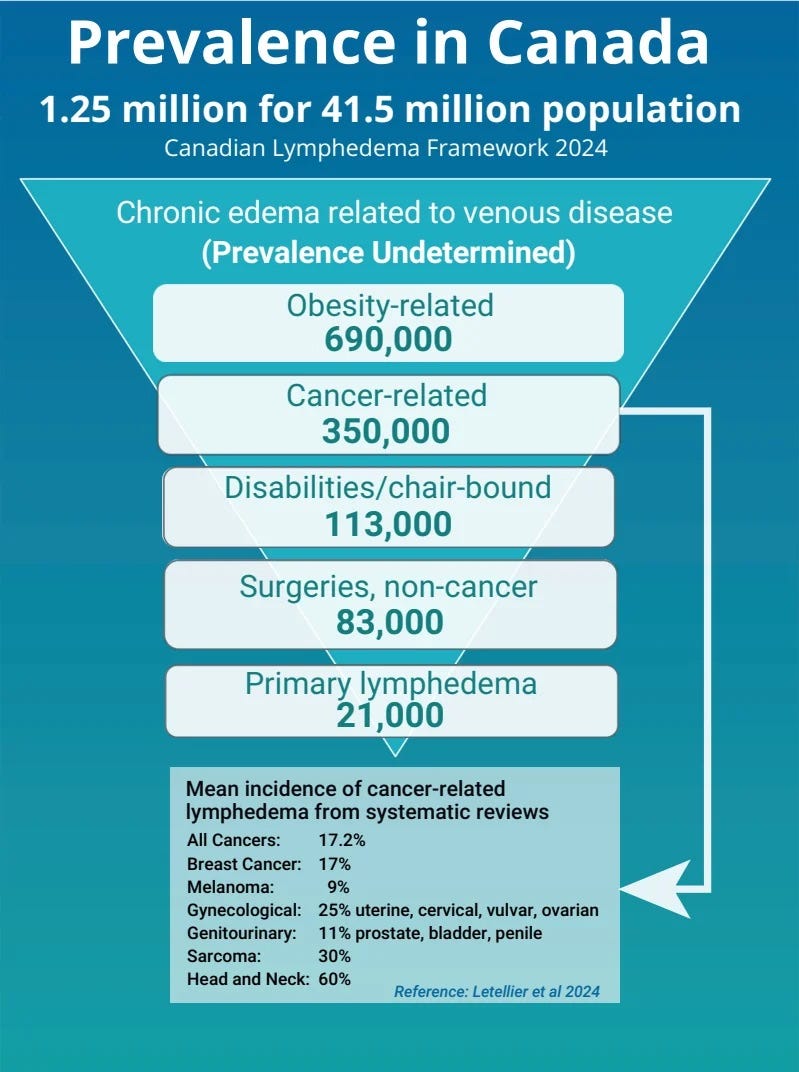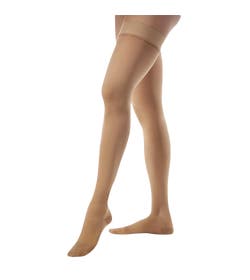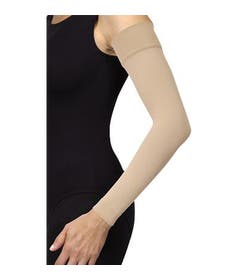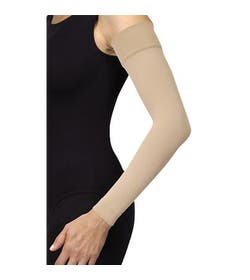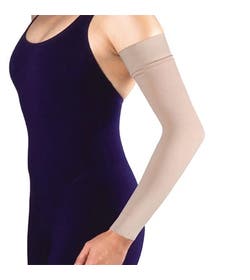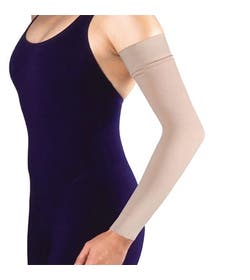Have you ever noticed unexplained swelling in your arms, legs, or other areas of your body? If so, it might be time to learn about lymphedema. This condition affects the body’s lymphatic system, which plays a crucial role in maintaining fluid balance and supporting your immune health. Here, we break down what lymphedema is, its causes, treatment options, and what compression products are available to help manage the condition.
If you already know the basics of lymphedema skip the first section of this post and go straight to our overview of compression products for lymphedema, and how to select the best option.
What Is Lymphedema?
Lymphedema occurs when the lymphatic system isn’t working properly, causing fluid to build up in the tissues. This leads to swelling, most commonly in the arms, legs, or feet. Think of the lymphatic system as your body’s natural drainage network. When this network is compromised, fluid that should be transported back to your bloodstream instead accumulates, leading to discomfort and other symptoms.
Types and Causes
Lymphedema can develop for different reasons, and understanding its type is key to finding the right treatment.
-
Primary Lymphedema: This form is genetic and often runs in families. It usually appears during childhood or adolescence but can also emerge later in life. If you’ve experienced swelling in both legs or have a family history of similar symptoms, this might be the cause.
-
Secondary Lymphedema: More common than the primary form, secondary lymphedema results from an external factor that damages the lymphatic system. This could include surgery, radiation therapy, infections, or even trauma. Cancer treatments that involve the removal of lymph nodes are a common trigger.
Signs to Watch For
The earlier you recognize the signs of lymphedema, the better your chances of managing it effectively. Keep an eye out for:
-
Swelling that starts gradually and worsens over time.
-
A feeling of heaviness or tightness in the affected area.
-
Skin changes, such as thickening or hardening.
-
Tingling or discomfort.
Stages of Lymphedema
Lymphedema doesn’t look the same for everyone, and it can progress through several stages:
-
Stage 0: No visible swelling yet, but the lymphatic system is already compromised.
-
Stage 1: Mild swelling that often subsides with rest or elevation.
-
Stage 2: Persistent swelling with thickened skin that no longer improves with rest.
-
Stage 3: Severe swelling and significant skin changes, sometimes referred to as lymphostatic elephantiasis.
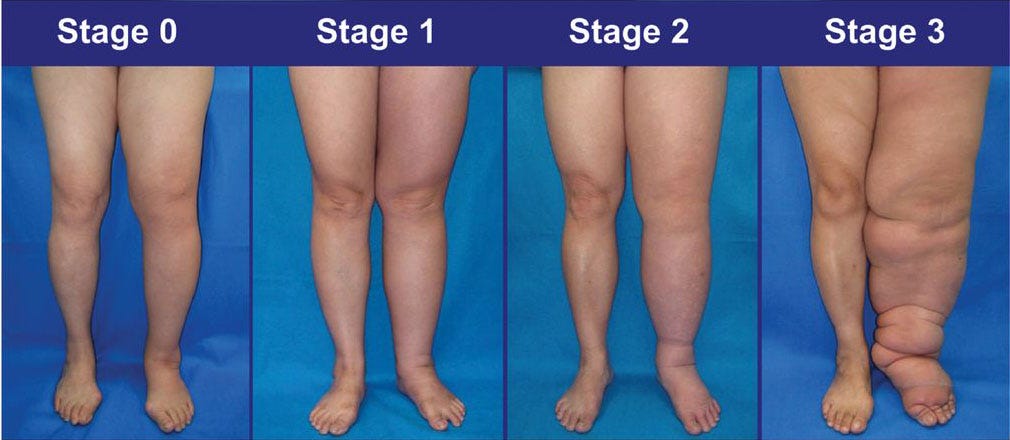

credit www.cfp.ca
Managing Lymphedema
While lymphedema is a chronic condition, there are effective ways to manage it and improve your quality of life. One common approach is Complex Physical Decongestion Therapy (CPT), which combines:
-
Manual Lymphatic Drainage (MLD): A gentle massage technique to stimulate lymph flow.
-
Compression Therapy: Using specialized garments or bandages to prevent fluid buildup.
-
Exercise: Activities designed to encourage lymphatic circulation.
-
Skin Care: Preventing infections by keeping the affected area clean and moisturized.
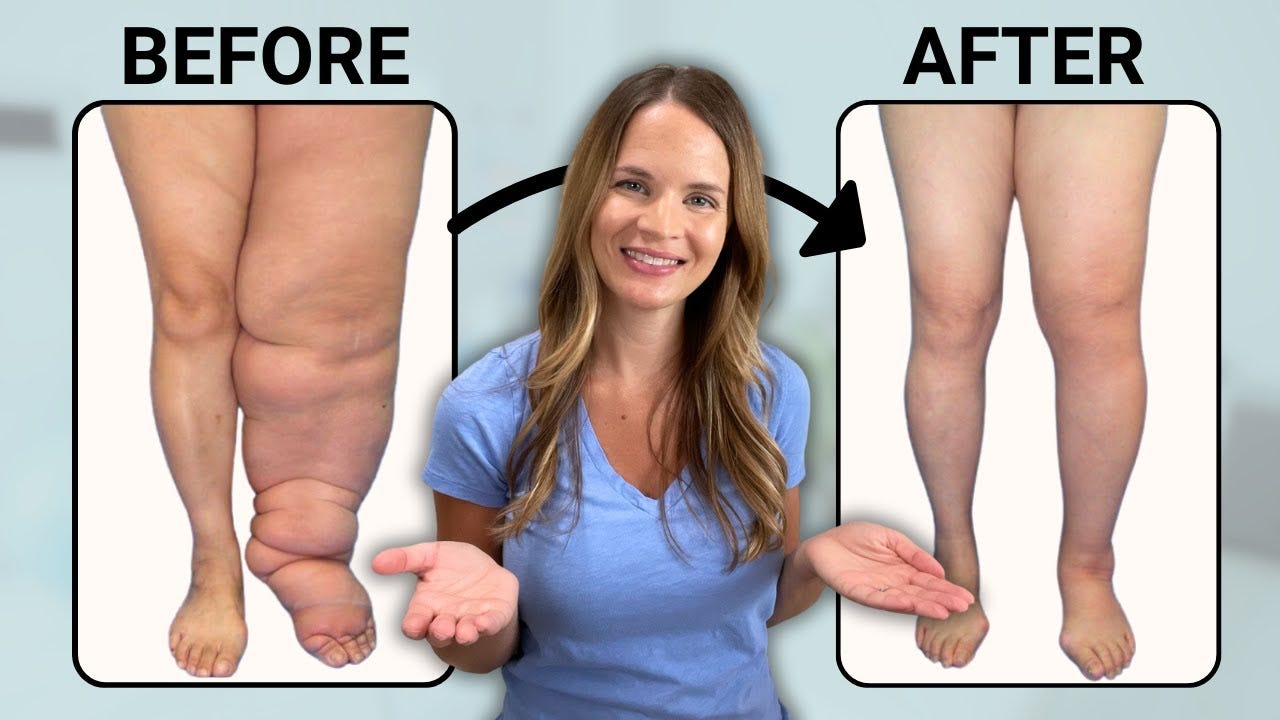

credit: www.instagram.com/cancerrehabpt
Compression Products for Lymphedema
Compression therapy is one of the most effective and widely recommended treatments for managing lymphedema. Here’s a closer look at the main options:
1) Compression Garments
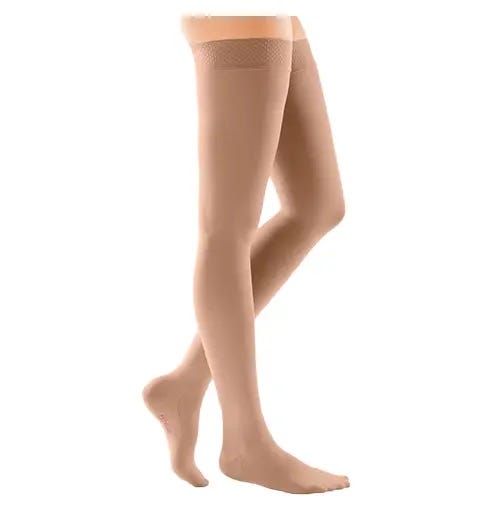

Compression Garments: These are essential tools for daily management. Compression garments, such as stockings, sleeves, and custom-fitted options, apply consistent pressure to prevent fluid buildup and reduce swelling. They come in a range of styles, sizes, and compression levels to suit different needs. Options are available in knee high, thigh high, waist high as well as for the arms, and other parts of the body. It’s important to select garments that fit properly and provide adequate support.
Examples of Compression Garments
2) Compression Wraps and Bandages
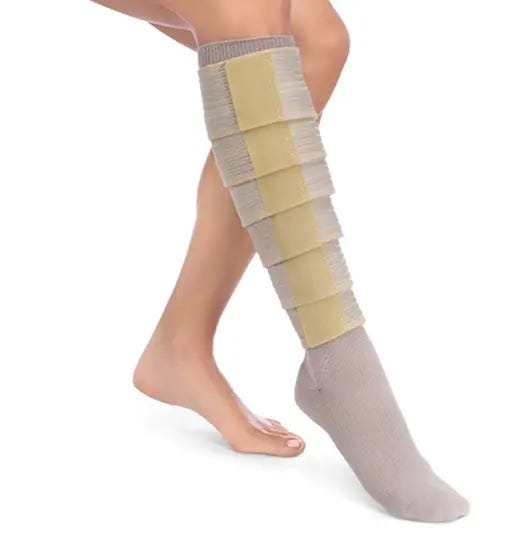

Compression Wraps and Bandages: Often used during the intensive phase of treatment, these bandages offer adjustable compression and are ideal for reducing significant swelling. Options are available for all parts of the body and they are typically applied by a trained healthcare provider and can be customized to provide optimal pressure in specific areas.
Examples of Compression Wraps & Bandages
3) Compression Devices
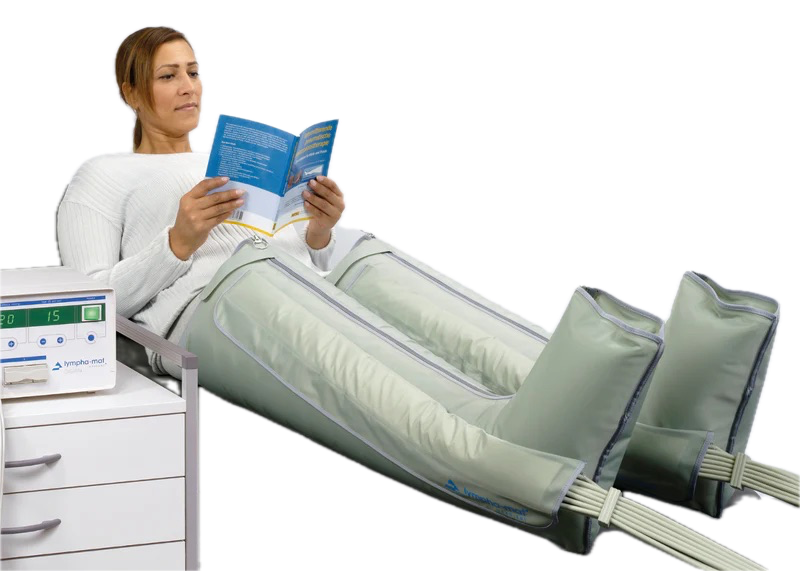

Pneumatic Compression Devices: These devices use air pumps to deliver controlled pressure through a sleeve or boot that covers the affected area. Pneumatic compression is especially useful for individuals with severe or persistent swelling, as it promotes lymphatic drainage and reduces fluid buildup. These devices can complement other compression methods and are often used at home.
When choosing a compression product, it’s important to consider factors like the severity of your lymphedema, your daily activities, and your personal comfort. A healthcare professional or certified fitter can help guide you to the right choice, ensuring you get the support you need.
Lymphedema Compression Garment Basics
When selecting a compression garment for lymphedema management, understanding the different knitting methods is crucial, as they influence the garment's elasticity, stiffness, and suitability for various stages of lymphedema. The two primary types of knit are circular knit and flat knit.
Circular Knit Compression
Circular knit (also called round knit) garments are seamless and typically less dense and stiff compared to flat knit options. They are available in standard sizes (ready-to-wear) and can also be custom-made. The elasticity of circular knit material makes it suitable for early to mild stages of lymphedema, where swelling is moderate. These garments are comfortable, latex-free, and come in various colors and prints. However, they may not provide sufficient containment for more severe swelling or uniquely shaped limbs. Most medical compression socks and stockings that you find 'off the shelf' are circular knit.
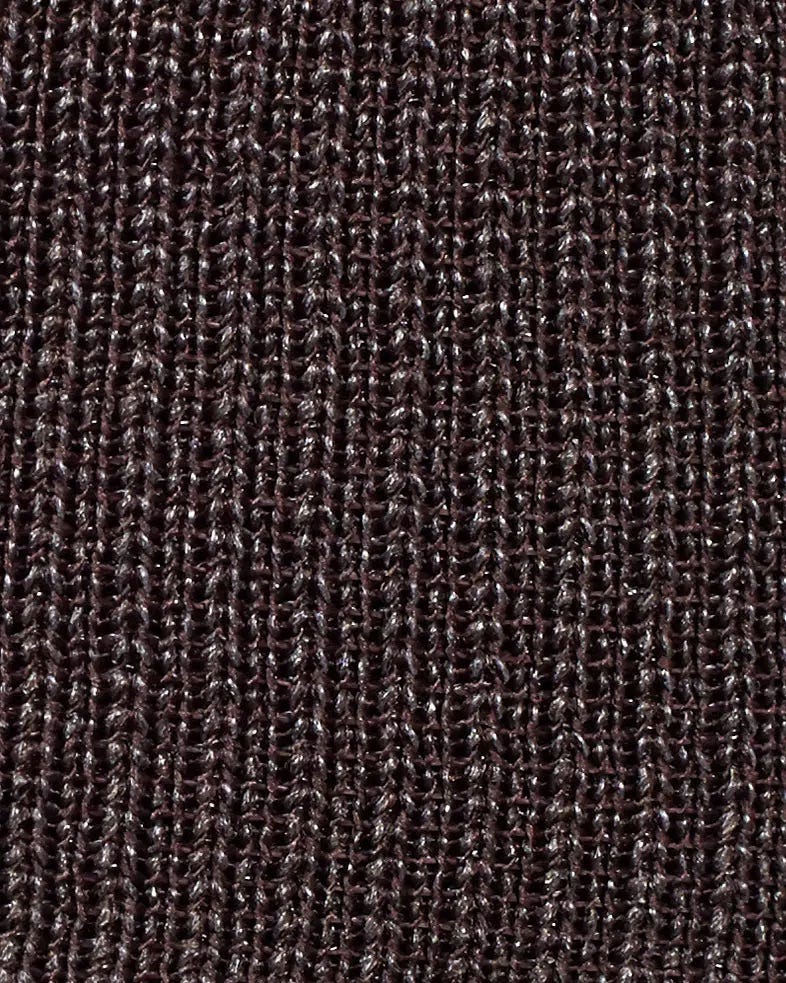

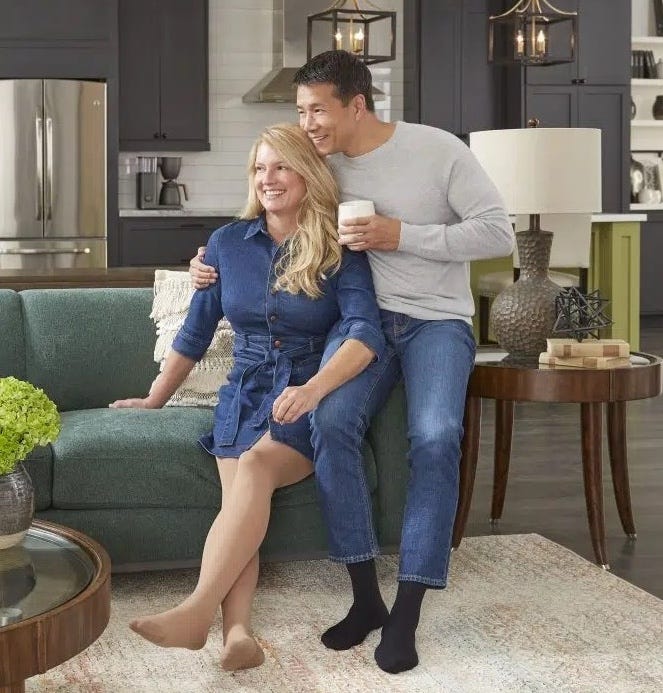

Flat Knit Compression
Flat knit garments have a seam and are known for their stiffness and density, offering excellent therapeutic results. They are exclusively custom-made to accommodate a wide range of shapes and sizes. The fabric's rigidity and micro-massage weave make flat knit garments ideal for areas with severe swelling, providing maximum containment. They are durable, latex-free, and available in various colors. The consistent density throughout the garment is crucial for managing significant swelling effectively. Most compression products that are flat knit will be noted on the product description.
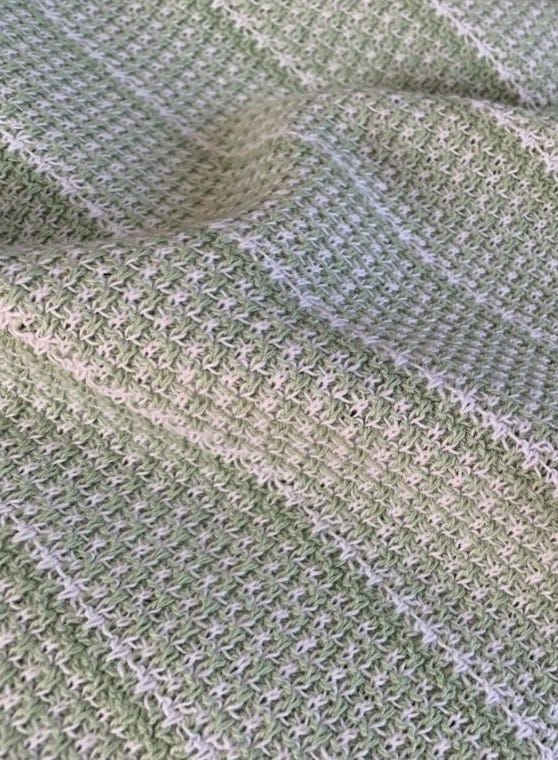

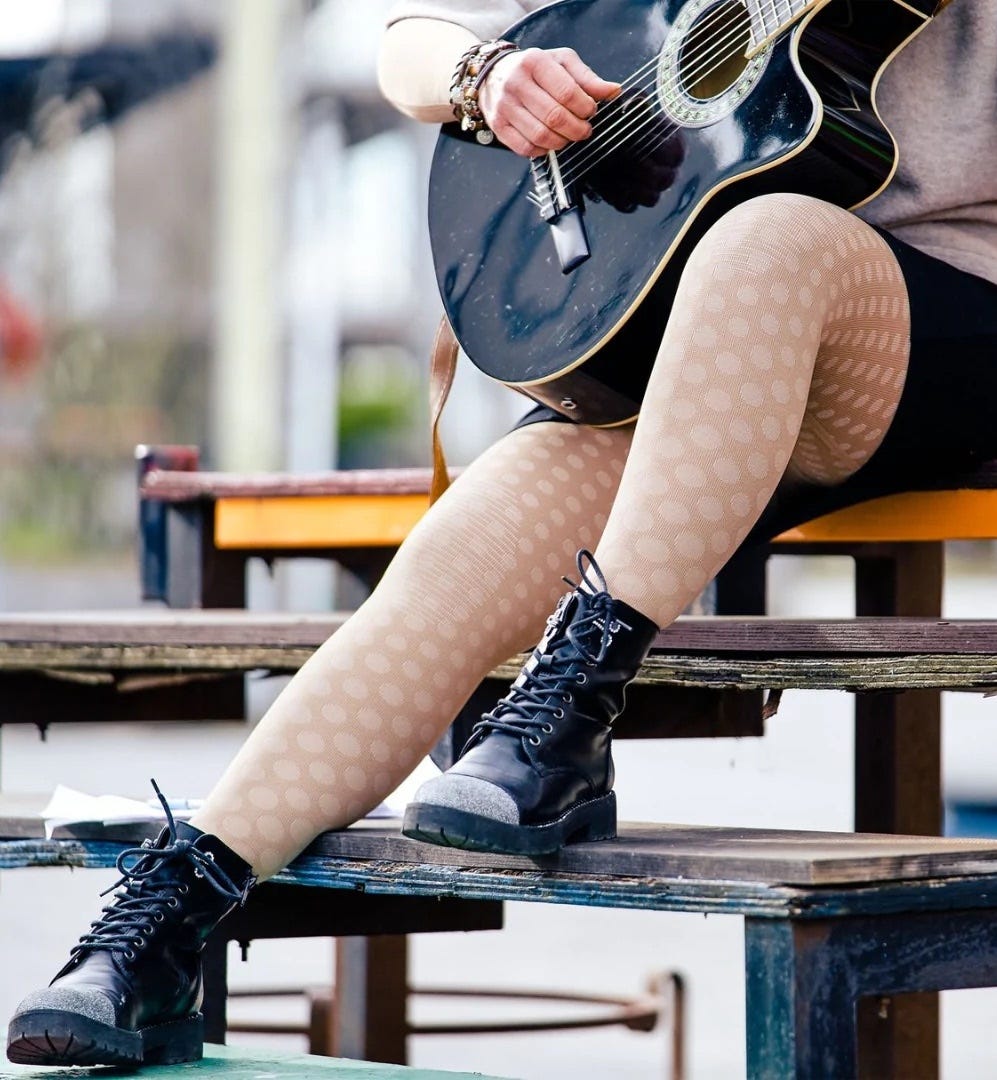

Inelastic Adjustable Compression
In addition to knitted garments, inelastic adjustable compression wraps and bandages offer the highest level of containment, effectively reducing and maintaining swelling. These wraps can serve as an alternative to short-stretch bandaging and are particularly beneficial for individuals who may have difficulty donning traditional compression garments. Features include air and moisture permeability, excellent containment, reversibility (beige or black), and pull tabs for easy application.
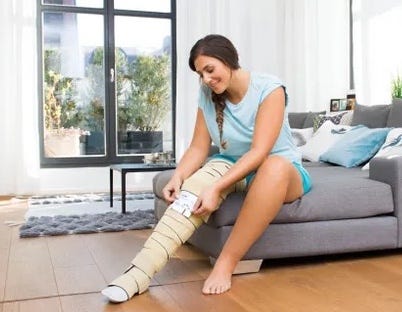

Choosing the Right Knit
The choice between circular knit, flat knit, and inelastic wraps depends on several factors:
-
Severity of Swelling: Mild to moderate swelling may be managed with circular knit garments, while severe swelling often requires the superior containment of flat knit garments or inelastic wraps.
-
Limb Shape and Size: Uniquely shaped or larger limbs may benefit from custom-made flat knit garments or adjustable wraps to ensure proper fit and compression.
-
Mobility and Ease of Use: Individuals with limited mobility or dexterity might find adjustable compression wraps easier to apply and adjust.
In all cases, you will want to make sure you consult a healthcare professional to help you undrestand what product is most suitable for your situatiion, and how it can best fit into your lymphedema treatment plan.
Tips for Selecting the Right Compression Garment
Compression garments are especially important for long-term management. They provide consistent pressure to reduce swelling and support proper lymph flow. Choosing the right compression garment is essential for effective lymphedema management. Here are some tips to help you make the best decision:
-
Consult a healthcare professional: Always seek advice from a healthcare professional. They can assess your specific needs and recommend the ideal compression level and style.
-
Determine the Compression Level: Compression garments are available in different pressure levels, typically measured in millimeters of mercury (mmHg). Lower levels (15-20 mmHg) may be suitable for mild swelling, while higher levels (30-40 mmHg) are often needed for more severe cases.
-
Get Accurate Measurements: Proper fit is crucial. Measure the affected area carefully to ensure the garment provides consistent and effective pressure.
-
Consider Your Lifestyle: Think about when and how you’ll wear the garment. For daily activities, breathable and lightweight fabrics may be preferable. For active individuals, durable and moisture-wicking materials can provide added comfort.
-
Choose the Right Style: From knee-high stockings to full-leg garments and arm sleeves, select a style that targets the affected area and fits seamlessly into your routine.
-
Opt for Quality Materials: High-quality fabrics not only last longer but also ensure comfort and skin health. Look for garments made from hypoallergenic and durable materials.
-
Test for Comfort: Comfort is key. Make sure the garment feels snug but not restrictive. Avoid garments that cause irritation or excessive pressure.
-
Explore Custom Options: If off-the-shelf garments don’t fit properly, consider custom-fitted options for a perfect match to your body shape.
By following these tips, you can select a compression garment that effectively manages your lymphedema while ensuring comfort and ease of use.
Top Brands for Lymphedema Compression Products
When it comes to compression products, choosing a trusted brand can make all the difference in comfort and effectiveness. Here are some of the leading names in the industry:
-
Bauerfeind: Known for their precision-engineered compression products, Bauerfeind offers high-quality solutions designed for both comfort and performance. Their medical-grade compression stockings and sleeves are ideal for managing lymphedema while ensuring a snug yet comfortable fit.
-
Sigvaris: With decades of expertise, Sigvaris is a favorite for patients seeking effective and stylish compression wear. Their products come in a variety of designs and compression levels, ensuring there’s an option for every need and lifestyle.
-
Jobst: A pioneer in compression therapy, Jobst provides a comprehensive range of products, from stockings to wraps. Known for their durability and effectiveness, Jobst’s solutions are tailored to meet the unique needs of individuals managing lymphedema.
-
Medi: Medi combines cutting-edge technology with patient comfort to produce some of the best compression garments on the market. Their innovative designs cater to both therapeutic and aesthetic needs, making them a popular choice among users.
Each of these brands has a strong reputation for delivering reliable and high-performing compression products. Whether you’re looking for everyday wear or specialized solutions, these companies offer options designed to support your lymphedema management journey
Need Help Selecting the Right Product?
Do you need help selecting the best product for your Lymphedema? Contact our Healthcare team for fast free advice.


